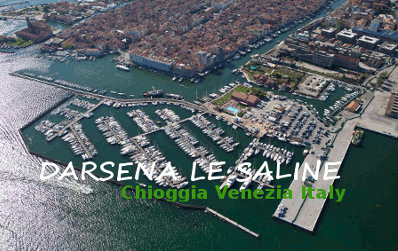Maritime and Coastguard Agency (MCA) Safety bulletins
Interference with Maritime Radio Reception by Onboard Equipment
07 September 2016It is essential that a vessel can properly receive GMDSS communications including safety broadcasts, working channels and AIS signals when fitted. There have been several cases where interference from on-board lighting has blocked reception of weaker radio signals, but other equipment may also do this
Masters, marine inspectors, owners and operators should be aware of this issue and take appropriate action.
Sources of interference
Electrical/electronic equipment and its cables may interfere with radio reception. The installation of products designed for domestic use is not always compatible with marine radio reception. Even installations of type-approved equipment may cause a problem if too close to a receiving aerial or improperly installed.
The MCA is aware that lighting installations using compact fluorescent or LED lamps in deck lights and navigation lights have been found in some cases to interfere with radio reception. Interference from fluorescent lamp installations tends to affect lower radio frequencies, eg NAVTEX and MF and possibly HF. Interference from LED lighting installations tends to affect higher frequencies, eg VHF including AIS. No effect on satellite communications has been noted from such installations
There may of course be other sources of interference on board.
Impact
An affected vessel is able to transmit radio messages in an emergency, but may fail to receive followup communications. This may delay the arrival of appropriate help. Without good reception, a vessel may not be able to help others in an emergency or may miss safety broadcasts. Similarly, more distant AIS targets may not be detected, update rarely or disappear.
Identifying interference
The symptoms of interference are not the same on all GMDSS equipment and it is simplest to look for changes below that occur when an interfering source is switched on. Clearly this is most obvious when there is only one interference source.
Radio telephone
While listening to a weak station, a sudden loss of reception or audible interference.
If the squelch is properly adjusted and therefore quiet, sudden noise or bursts of noise are common, but not certain. Interference may affect only one channel/frequency, or many channels/frequencies.
DSC reception
Marked increase in failure to receive DSC messages, eg position request reply, routine calls.
Navtex
Marked increase in garbling or loss of text.
AIS reception
Marked loss of distant targets, although this can also be due to a very high number of targets. On a graphical display there is a time delay before a target disappears, which is commonly the period between updates from that target.
Actions requested
Masters, marine inspectors, owners and operators should be aware of this safety issue and take appropriate action.
Note, any radio transmissions made especially to check or isolate this issue should be at low power, should not interfere with normal operation of distress or safety channels and should not involve Coastguard stations.
 Where Captains meet Dock Owners
Where Captains meet Dock Owners

